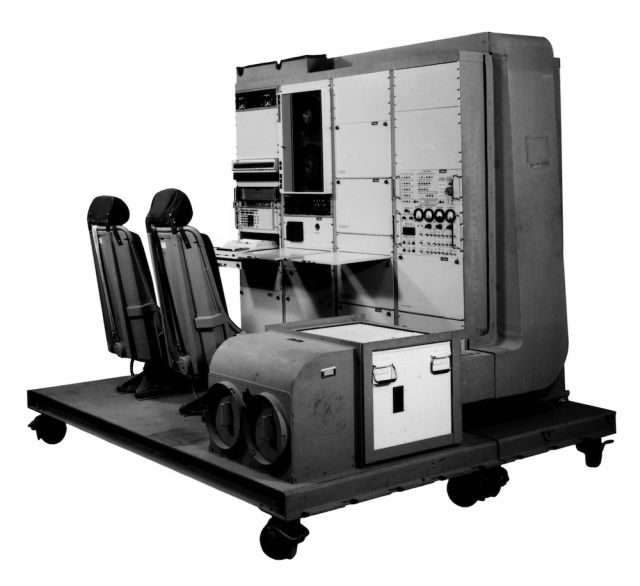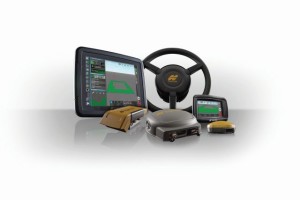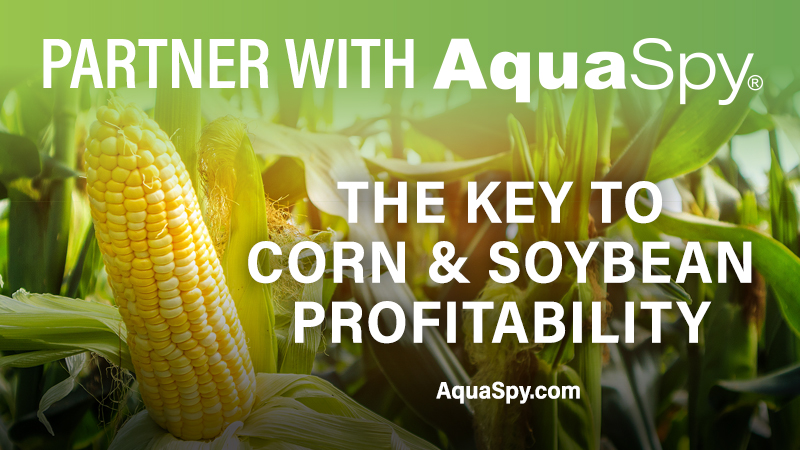GPS: 25 Years And Still Growing

The first GPS receiver station developed by Rockwell Collins in 1976. (Photo Credit: Rockwell Collins)
This past month saw the U.S.-launched global positioning system (GPS) satellite constellation hit its quarter-century mark in lifespan. From now-ubiquitous consumer devices such as smartphones and tablets to highly precise commercial grade guidance systems for precision farming as well as many other industries, GPS adoption has increased exponentially — while the technology itself was quite literally shrinking (see above photo of first GPS receiver) — and it will be interesting to see what the next 25 years brings.
“Moving forward, with the adoption of variable-rate technologies and other precision technology that requires higher accuracy positioning, we see customers wanting broader access to higher accuracy GPS corrections,” said Ryan Molitor, operations manager at Raven Industries, in a recent PrecisionAg.com piece on the 25-year anniversary. “You will also see larger RTK networks with easier access for end user customers.”
Opening Up Access
One company intent on delivering broad access to GPS corrections is Novariant, Inc., via its SimpleSteer tablet-based autosteer software, which garnered a 2014 ASABE (American Society of Agricultural and Biological Engineers) AE 50 Outstanding Innovations Award in February.
Marketed in Australia under the AutoFarm brand (as well as throughout Europe and China) and with tentative designs on a future North American release, it’s important to note that SimpleSteer is not a traditional mobile app in the sense that it is run by launching the tablet’s Web browser. According to Giri Baleri, director of product marketing, Novariant, this is to remove any dependence on consumer-grade GNSS/GPS from the tablet, which is not accurate enough for precision agriculture applications.
“As long as you have an Internet browser, it doesn’t matter if your tablet is iPad or Android, it could be any tablet really,” says Baleri. “And the tablet doesn’t have to have GPS capabilities built-in, as long as it has a wireless Internet connection our software can run RTK, WAAS and even OmniStar corrections. It is truly a unique and revolutionary system.”
Baleri says the systems’ simplicity and intuitive design, affordability — as well as the flexibility of being able to swap tablets from cab to cab in mere seconds — are just a few of the benefits end users enjoy.
“The guys that like this product are the ones looking for a simple ‘from A-to-B’ steering solution,” says Baleri. “If you’re looking for one of those fancy ag-centric displays with all of the bells and whistles like yield monitoring, this product is probably not for you. But the guy that doesn’t want to pay all of that money for a system that he may only use about 20% of its capabilities anyways, it’s a great option to have.”

The Topcon family of positioning products.
Topcon Precision Agriculture, meanwhile, is still hawking its modular AGI-4 receiver for corrections, according to Mike Gomes, vice president business development. “AGI-4 is very popular in the marketplace thanks in no small part to its modular design approach,” says Gomes. “This modularity gives the AGI-4 the ability to add higher end inertials (gyros and accelerometers) for improved performance and repeatability. It also allows the addition of an RTK modem, whether that be to a local RTK base or a network of RTK bases.”
Harlan Little, Topcon product planning manager-agricultural applications, says compatibility across a wide range of equipment continues to be a focus. “Topcon has been very committed to having strong performance and compatibility amongst many components, not just displays,” he says. “We are also in the process of certification of our Universal Terminal functionality with the AEF (Ag Electronics Foundation) that specifically uses third parties to test and certify that compatibility. Topcon strives to be ‘easy-to-use’ whether it is utilizing ISO compatibility or the Topcon ‘look and feel.’
Going forward, Little believes that rather than separate displays for each specific function, operators are going to require more “All-in-One” functionality, like that of the X30 and other Topcon displays, as well as integrated functions at lower costs.
“Plus, Topcon continues to expand its TopNET Reference Station offering, allowing for a much larger footprint of Internet connected GPS correction options into global agricultural areas,” adds Gomes.
Ag Leader Technologies’ GeoSteer system is now at Version 5.2 following a February update release, says Jeff Dickens, product specialist. “This update provides growers with a variety of user interface and home screen improvements, as well as new functionality, including the ability to create more complex pattern groups, one-touch active pattern toggle and concurrent display of all guidance patterns stored onboard and sorted by distance from the current GPS location.”
According to Dickens (and many others), overall efficiency continues to be the largest driver in GPS guidance adoption. “The single largest driver of adoption (in agriculture) is efficiency. With a GPS autosteer system, professional applicators are able to apply product with less overlap and skips, making them more efficient in, but not limited to, fuel efficiency, cost per acre and acres covered per day. A side benefit they see is less driver fatigue, as well.”
Topcon’s Little seconds that notion. “Custom applicators are quickly adopting autosteering and section control usage because it reduces the stress of long hours while performing at a consistently high level. They can be more relaxed during the day (or night), while still delivering a quality job to customers,” he says.






